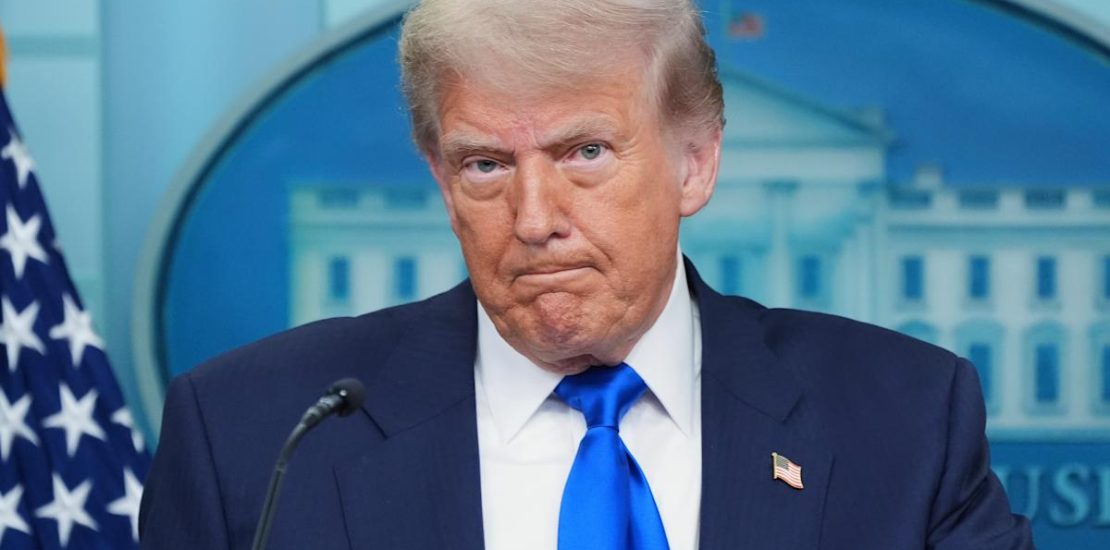- July 3, 2025
- Posted by: Regent Harbor Team
- Category: Global Economy

markdown
Contents
Trump’s Trade Triumph with Vietnam: A Deal Ahead of Deadline
Introduction
In a noteworthy proclamation, President Trump announced a trade agreement with Vietnam, neatly a week before the looming July 9 deadline. This deal aims to avoid the escalation of tariffs for U.S. partners.
Tariff Adjustments
President Trump revealed that goods from Vietnam will incur a 20% tariff, a reduction from the hefty 46% proposed earlier for “Liberation Day.” However, a substantial 40% tariff will apply to transshipments—goods rerouted from countries like China through Vietnam. U.S. goods, on the other hand, will encounter no tariffs when entering Vietnam, exemplifying an open market approach.
A Second Success in Trade
This arrangement with Vietnam represents the second trade success for the U.S. under Trump’s administration after a pact with the United Kingdom. Moreover, Trump asserted that negotiations with China are advancing towards a robust trade framework.
Challenges with Other Trade Partners
Japanese Negotiations
Despite recent trade triumphs, talks with Japan have reached a standstill. Trump expressed scepticism about achieving a deal, attributing difficulties to what he described as Japan’s “spoiled” nature. The proposed tariffs for Japanese goods could soar to 35%, surpassing the 24% discussed during “Liberation Day.” Many experts warn this escalation could entail countermeasures. Read more here.
European Union’s Response
Meanwhile, the European Union appears open to a 10% universal tariff but seeks exceptions for certain sectors like pharmaceuticals and aircraft. EU officials are preparing for tough negotiations to lessen or remove the U.S. levies.
North American Developments
On the North American front, Canada has axed its digital services tax, which had been a point of contention. This move helped resume trade discussions with the U.S. Meanwhile, the White House engages in talks with Mexico as well.
Economic Impact and Perspectives
Manufacturing and Job Market
The ripple effect of tariffs has been felt across various sectors. American manufacturers face enduring challenges, marked by slower orders and rising costs. Moreover, tariffs have put pressure on the job market; a JP Morgan analysis estimates U.S. businesses might incur $82.3 billion in costs due to tariffs, potentially leading to layoffs.
Global Implications
Worldwide, Trump’s tariffs contribute to broader economic uncertainties. For instance, Italy could potentially suffer a $23.6 billion export loss and significant job cuts should the U.S. implement a 10% tariff. Japan’s carmakers, conversely, show resilience, with robust sales in the U.S. market, demonstrating their adaptability amidst economic pressures.
Financial Markets’ Response
Trump’s tariffs have vetted significant influences in financial markets. The Federal Reserve adopts a cautious stance, delaying interest rate cuts in light of potential tariff-induced inflation. Investors remained wary, as trade tensions cast doubt on traditionally strong performances of Asian stocks in July. Read more here.
Conclusion
Undoubtedly, the trade deal with Vietnam is a strategic win for President Trump, exemplifying his administration’s endeavour to establish fairer trade practices. However, the global economic reverberations and challenges with other partners remain pressing issues requiring diplomatic navigation and robust economic policies.
For further insights, consider exploring how Trump’s tariffs affect the global economy and your wallet.
